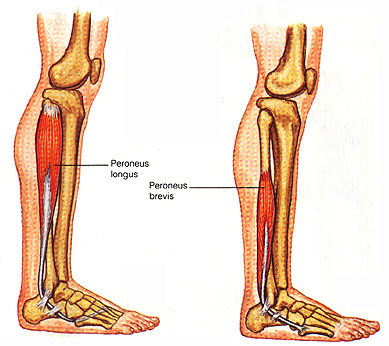This is taken from mike caviston (naval special warfare director of physical preperation) to help explain the running that takes place at bud/s
Preparation for the SEAL PST and BUD/S must include a sound running program. The ability to complete the 1.5-mile run portion of the PST in under 9:30 correlates with a greater probability of completing BUD/S. Students in BUD/S must complete 4-mile runs in progressively faster times throughout First, Second, and Third Phases. Students in Third Phase must complete a 14-mile run. Students must run dozens of miles per week moving to and from different locations at the BUD/S compound just to do other training evolutions like swimming or carrying boats or even to get chow at the galley. The running program detailed in theNSWPhysical Training Guideis designed to develop the endurance and speed to excel on the PST and the necessary abilities to complete BUD/S. The BUD/S Prep conditioning program which BUD/S students complete following boot camp at Great Lakes prior to shipping to Coronado provides the opportunity to further develop running fitness.
Before a BUD/S candidate is allowed to ship to Coronado from Great Lakes, he must demonstrate running proficiency by passing rigorous exit tests. Students who begin BUD/S have demonstrated they are solid runners. Yet some students struggle, at least initially, with the running evolutions at BUD/S. How can that happen? Most likely they are affected by the demands of performing in a new environment under novel circumstances. For example, after months of training in running shoes, BUD/S students transition to running in boots at all times. Despite what you may have read elsewhere, and the apparent logic behind preparing early, the various medical and conditioning experts at the Naval Special Warfare Center recommend that candidates NOT wear boots while running prior to beginning BUD/S. Wear appropriate running shoes (you can find guidelines at SEALSWCC.com). BUD/S students are issued boots while at Great Lakes, so they get a chance to break them in, and will begin to wear them during running and PT during BUD/S Orientation (the portion of BUD/S previously referred to as INDOC). The transition will go smooth for students who arrive with a solid conditioning base and a natural, efficient running style.
A major adjustment to running at BUD/S is the soft sand that forms the terrain of many conditioning runs and training evolutions. Many students arrive having put in plenty of miles on roads or tracks but never having run on a beach or other sandy surface. BUD/S candidates who have access to beaches or other sandy terrain may take advantage of the opportunity to incorporate the soft surfaces into their running program. Be aware that running on sand is more stressful than many people would expect. We tend to equate soft with cushion and low impact, but the flip side to the coin is soft sand offers little support and too much give during propulsion. In short, running in sand is quite stressful and (as with all aspects of training), candidates should add sand running to their overall mileage gradually and progressively, beginning with a modest tolerable amount such as half a mile or less. The percentage of total miles on soft sand should initially be limited to no more than 10-15%. Eventually, as conditioning improves, sand mileage can be increased to a larger percentage of total mileage, but as a general rule of thumb, still limited to 30-50% of total miles.
More so than running on solid surfaces, running on sand requires stabilizing work from the lateral muscles of the hip such as thegluteus medius, and theperoneus*muscles of the lower leg. The following images illustrate where these muscles are located.
When these muscles are weak or become fatigued, performing on unstable surfaces cause misalignment of the lower extremity that may result in pain and injury. BUD/S candidates should have a proactive strategy for conditioning the strength and endurance of these muscles before entering the official NSW training pipeline. There are a wide variety of exercises and activities that can be incorporated into a general conditioning program. Examples include:
·Standing hip abduction using a cable pulley machine, elastic bands or rubber tubing.
·While lying on one side, perform hip abduction against manual resistance from a partner, or using ankle weights.
·Do the calisthenics exercise known as the “dirty dog� or “fire hydrant�: begin in a stable position on all fours (hands and knees), and externally rotate one hip out to the side, keeping the hip and knee bent to 90 degrees, until the thigh is parallel to the ground. Perform the desired number of repetitions and switch to the other hip.
·Perform side lunges using body weight or while holding dumbbells.
·Use a slide board, or do lateral skater’s hops back and forth to points a couple feet to either side of your starting position.
·Do short sprints that require zigzag or cutting movements, or do carioca maneuvers.
·Use equipment that requires balance and stability, such as wobble boards or Bosu trainers.
As with all aspects of fitness, start at a manageable level and be progressive over time. Vary routines to emphasize both strength and endurance. Be aware of the effects of adding new exercises or routines to your overall program (including running and swimming). Work hard, but also be creative and have fun.

